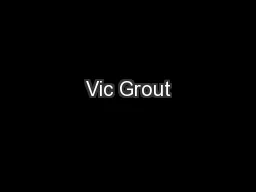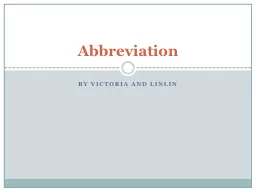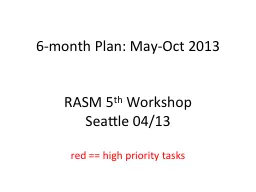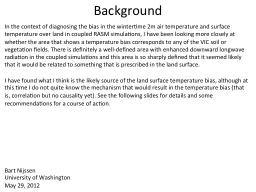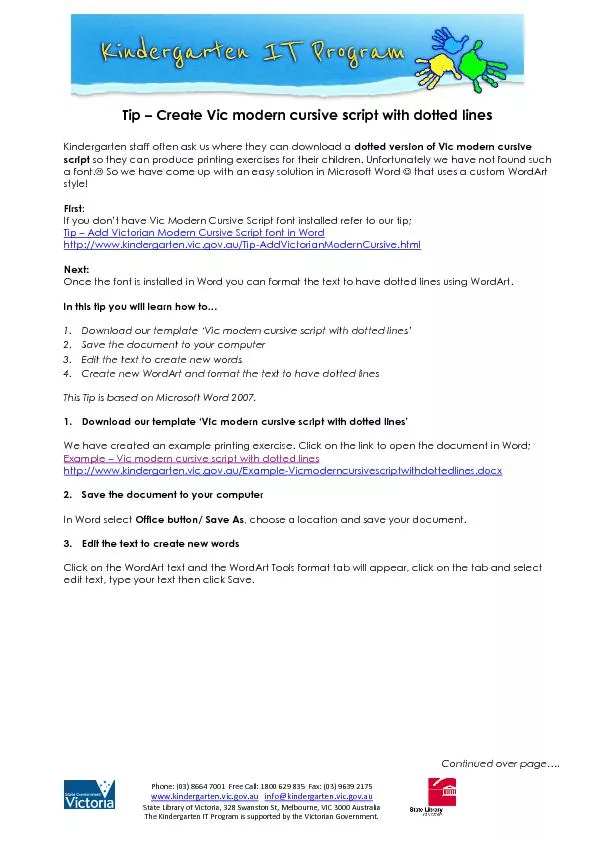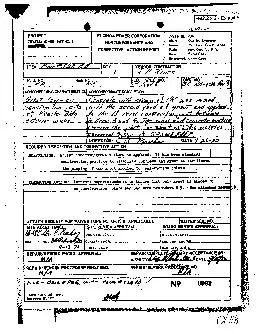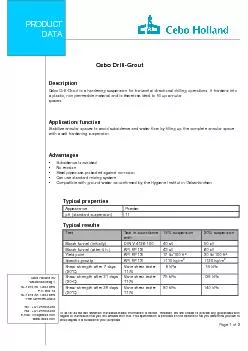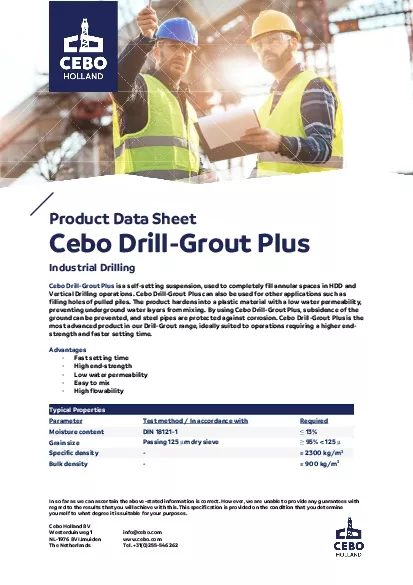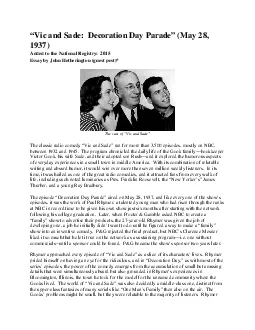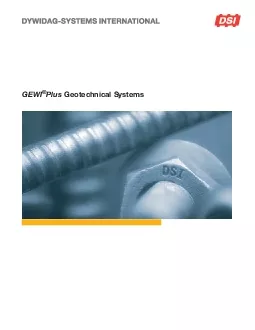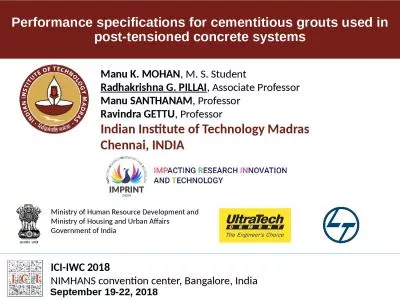PPT-Vic Grout
Author : karlyn-bohler | Published Date : 2016-04-25
Centre for Applied Internet Research CAIR Glyndwr University Plas Coch Campus Mold Road Wrexham North Wales LL11 2AW UK Email vgroutglyndwracuk TelFax 4401978
Presentation Embed Code
Download Presentation
Download Presentation The PPT/PDF document "Vic Grout" is the property of its rightful owner. Permission is granted to download and print the materials on this website for personal, non-commercial use only, and to display it on your personal computer provided you do not modify the materials and that you retain all copyright notices contained in the materials. By downloading content from our website, you accept the terms of this agreement.
Vic Grout: Transcript
Download Rules Of Document
"Vic Grout"The content belongs to its owner. You may download and print it for personal use, without modification, and keep all copyright notices. By downloading, you agree to these terms.
Related Documents

